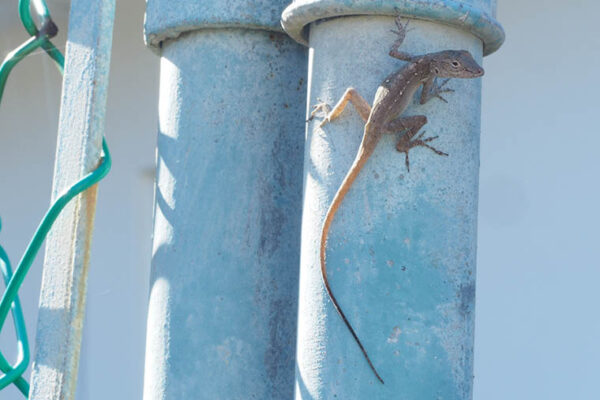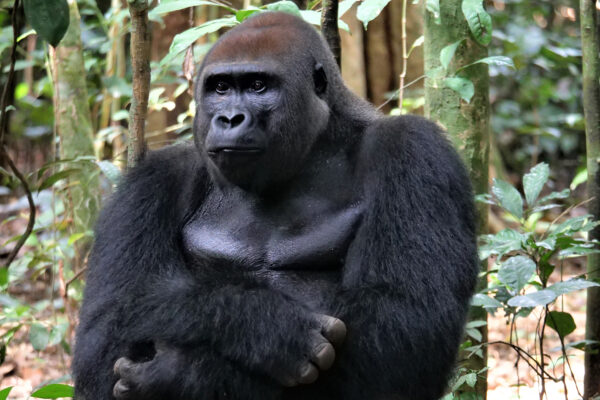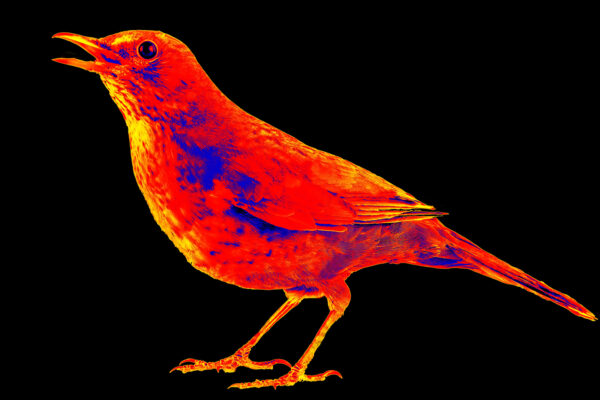Our future hangs in the balance: climate change and biodiversity loss
The Earth is facing two interconnected crises — loss of biodiversity and climate change. Each separately is an enormous threat to life on this planet. However, together they are fueling each other, creating a worsening downward spiral.
The losses in biodiversity are staggering
69%
Global populations of mammals, birds, fish, reptiles and amphibians declined by an average of 69% since 1970
2 in 5
Two in five plants are estimated to be threatened with extinction
1,000X
Species are disappearing hundreds or maybe thousands of times faster than the natural background rate of extinction
Disappearing plants and animals threaten human life as we know it
Biodiversity shapes the complex network of life that we need for food, water and medicine. For example, more than two-thirds of all medicines found to have cancer-fighting properties come from rainforest plants, according to the U.S. National Cancer Institute. Also, more than half of the world’s GDP is linked to industries that depend on nature, according to the World Bank.
and now climate change is contributing to loss of biodiversity
Although the biggest threats to biodiversity come from human land use changes, such as converting forest land to agriculture use, climate change is increasingly damaging the health of ecosystems around the world. Even when some species escape higher temperatures by moving to higher elevations and latitudes, this redistribution of plants, animals, viruses and even humans could result in the spread of disease, and the loss of food, medicine and livelihoods.
These dual crises feed off each other
Not only does climate change impact biodiversity, but biodiversity losses can also worsen climate change.
Certain ecosystems absorb about half of carbon emissions created by human activity.
7.6 billion
The world’s forests absorb a net 7.6 billion metric tons of carbon dioxide per year
3%
Peatlands cover only 3% of the Earth’s land, but they store twice as much carbon as all the world’s forests
4X
Ocean habitats such as seagrasses and mangroves can store carbon at rates up to four times higher than forests
BUT as we cut down 10 million hectares of forest area every year — an area the size of Iceland — as we drain peatlands for development, and as we clear out sea grasses and mangroves, we are losing these natural “carbon sinks,” which results in more carbon in the atmosphere, exacerbating climate change.
Of course climate change is bad for biodiversity, but the arrow goes both ways. There are ways that biodiversity can help slow down climate change.
Jonathan Losos, biologist
Researchers are studying these complicated and interconnected issues from many angles.
Every bit of information they gather — in studies large or small — moves us closer to understanding and mitigating these dual crises.
Looking to the past to understand the future of climate change
When looking for clues about how climate change will impact plants, animals and people in the years to come, it makes sense to look to the past.
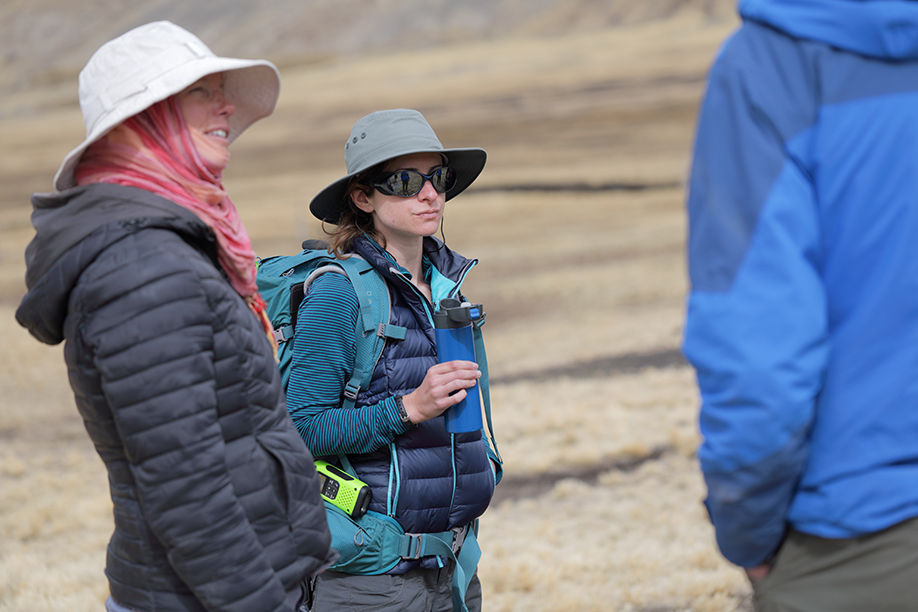
Two scientists from Washington University are reconstructing past climate and ecosystem changes in the Peruvian Andes. These high-altitude parts of the tropics are warming faster than the rest of the globe. What paleoclimate scientist Bronwen Konecky and anthropologist Sarah Baitzel discover could help predict how the biodiversity of this delicate ecosystem might be affected in the future.
Konecky works in tropical regions around the world, gathering evidence of climate change in the geologic past. She uses samples of dirt, leaves and other organic matter decomposing at the bottom of lakes to understand the Earth’s climate history. That muck contains valuable information about climatic and environmental conditions that were occurring when the organic matter was deposited.
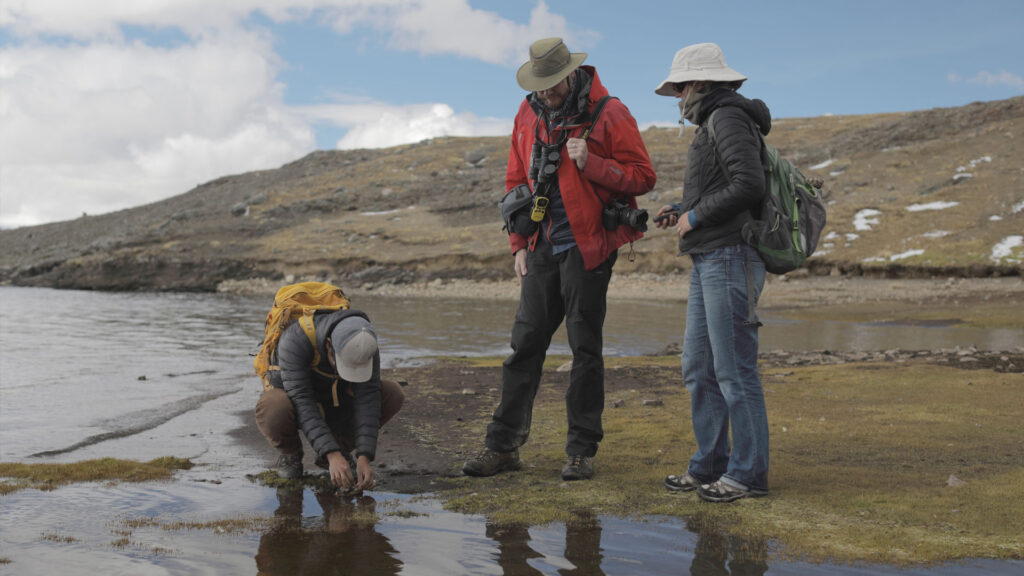
“Paleoclimate [pre-human activity] archives help us understand what caused natural climate variability and climate change before that, and how those processes relate to what we’re seeing today. We’re using organic molecules preserved in lake sediments to reconstruct ancient environments and to understand why they changed,” Konecky says.
Lake Sibinacocha in the Andes Mountains potentially holds vital information about past climate changes, Konecky says. “This is something that we can use to help understand what might happen in the future, but also what could have happened in the past and how that could have shaped the way that people were living in the Andes.”
Many of those people were herders, and Baitzel studies how they lived on the geographic margins of Andean civilizations in the Peruvian highlands. In addition, she notes how climate change has impacted how herders today — and the animals and crops they depend on — live.
When unseasonal snow covers the pastures, herders cannot feed their llamas. Some of the animals die. Freezing episodes have also become more extreme. And when rain or snow hit when they’re not supposed to, local people can’t cultivate and preserve important food crops for winter in a way they’re used to.
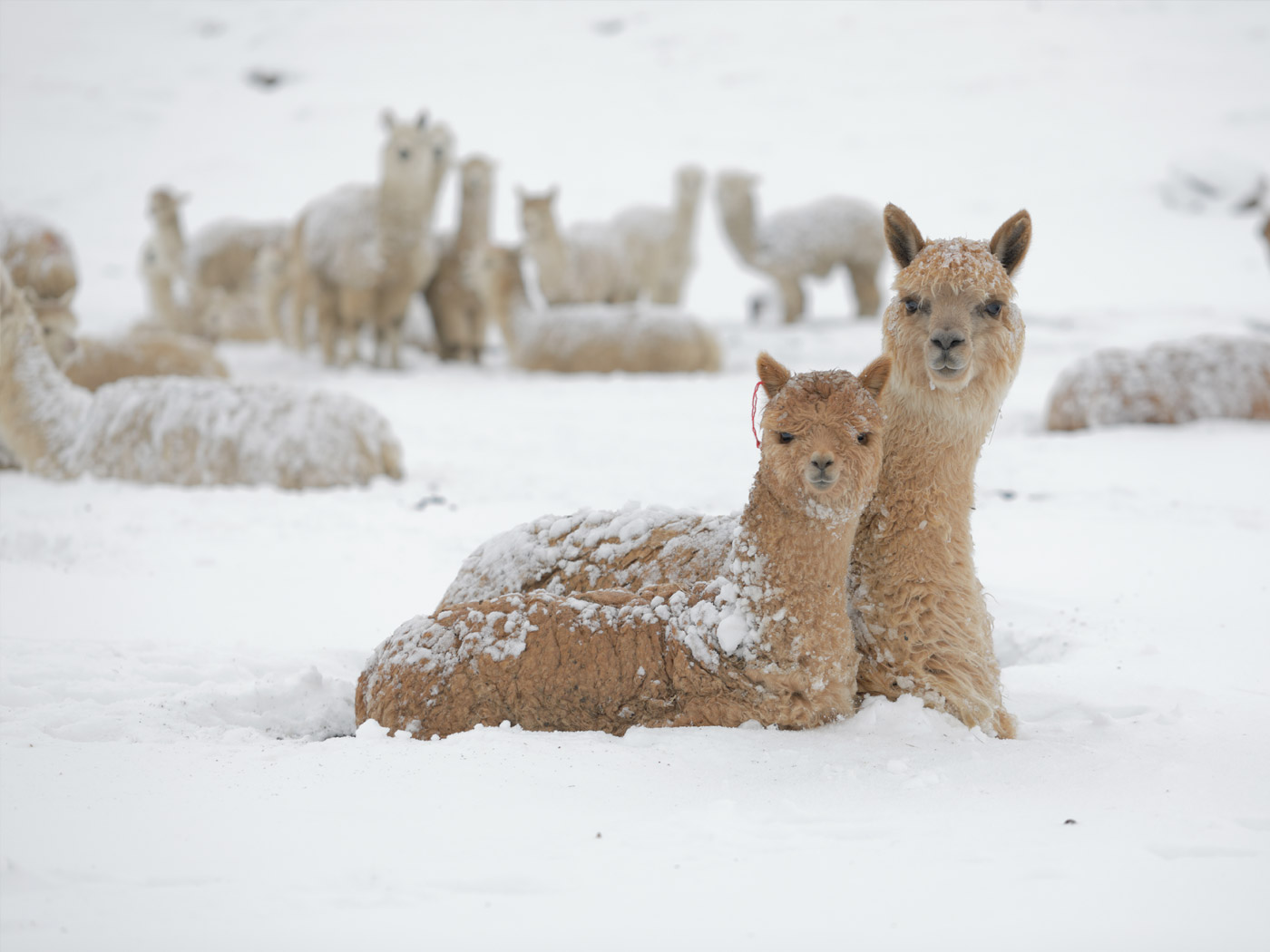

Over the last thousands of years, local herders have developed a way of living here and that way — with the unpredictability of climate change — is no longer sustainable for them.
Sarah Baitzel, assistant professor of anthropology
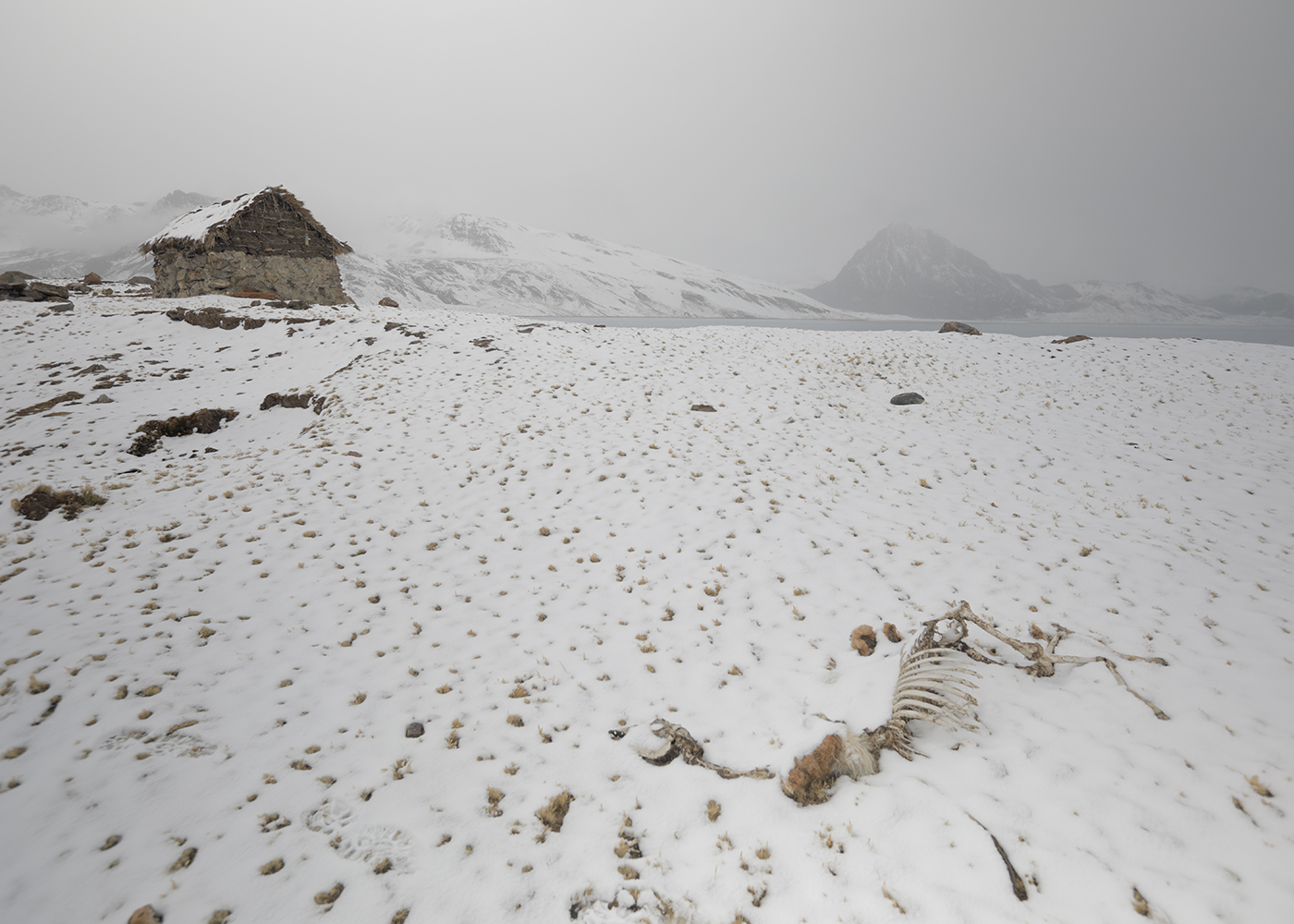
Konecky says she’s drawn to Lake Sibinacocha and its neighboring lakes because “I think it’s an amazing place to be able to learn some fundamental stuff about how the climate system works. It’s also a rare opportunity to look at those interactions between people and their environment over such time scales.”
To find out more about Konecky and Baitzel’s research and view an award-winning video about their work in Peru, see Highlands hunt for climate answers.
Exploring ways species survive despite changing conditions
Plants and animals have few choices in the face of climate change.
Some animals can change their behavior to adjust to new conditions: For example, a lizard can seek more shade on a hotter day. As a second option, both plants and animals can relocate; that is, literally, they can seek a new home where the habitat is more like the one they once knew. Plants do this by dispersing seeds that grow into new plants somewhere else. Or plants and animals can evolve. But this third option can take some time, and many species don’t have time to spare.
However, researchers have found that certain habitats might act as safe harbors as the climate becomes more hostile.
Areas like sheltered coves, north-facing bluffs and slopes, and valleys could preserve cooler temperatures or other favorable conditions for plants, even as surrounding areas become warmer or drier. Scientists call these places climate change refugia — or even climate change microrefugia, if they’re particularly small.
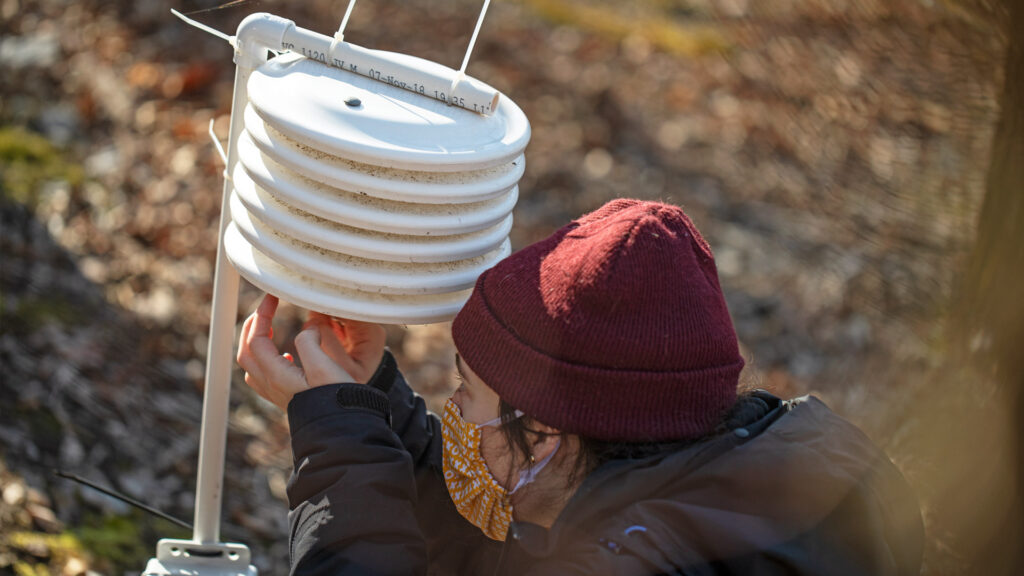
Researchers are examining whether areas of the Ozarks act as climate refugia that could help species persist in spite of rising temperatures.
With support from the Living Earth Collaborative at Washington University, researchers from the Missouri Botanical Garden and Washington University are collecting data to develop a high-resolution temperature map of Tyson Research Center, the university’s environmental field station near Eureka, Missouri. The map will be paired with surveys of plant species and used to identify local landscape features that might be able to buffer changes in the macroclimate of the surrounding region.
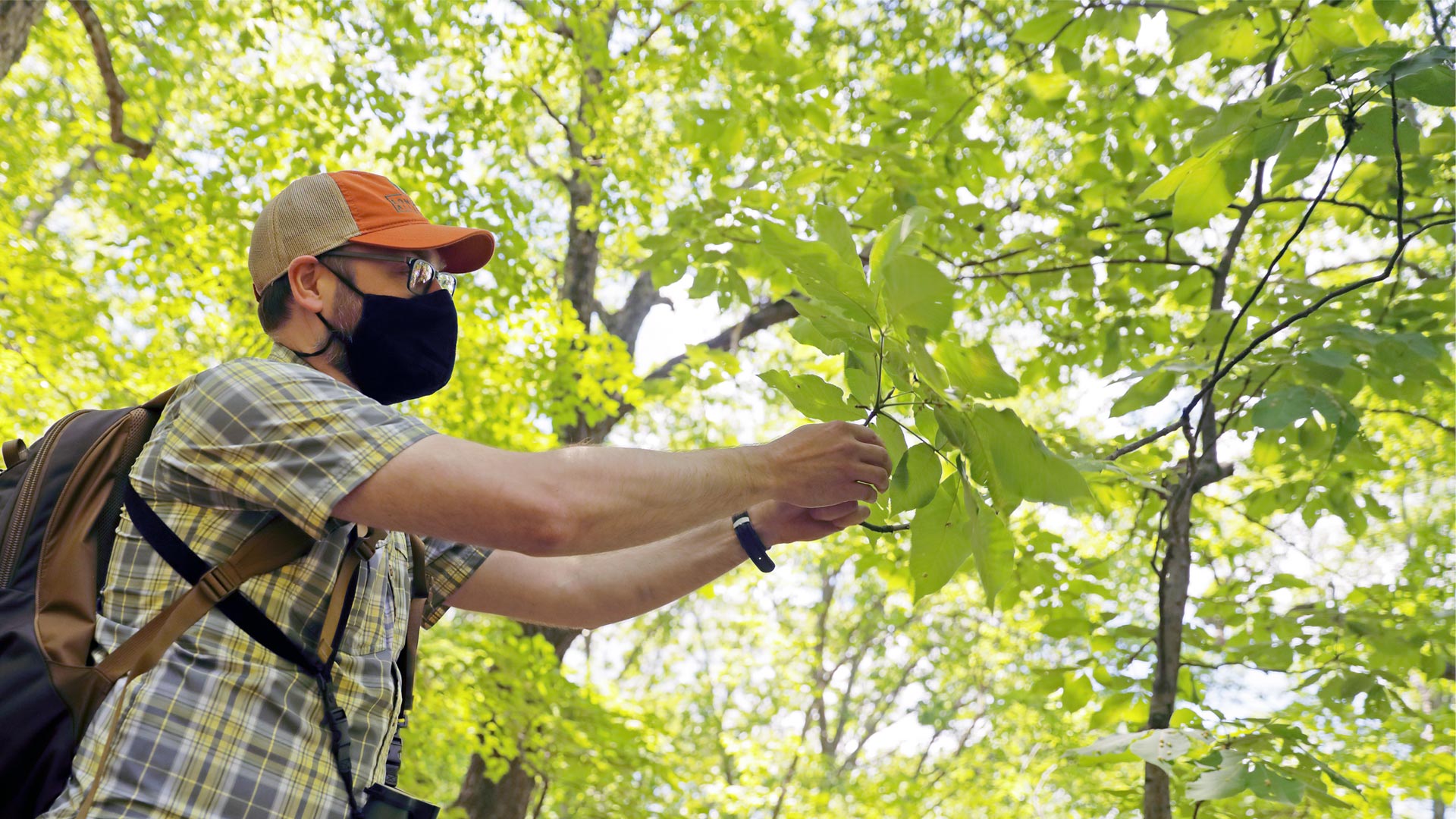
The climate change refugia project provides insights into why plant species might migrate, persist or go extinct locally or globally in response to climate change.
Jonathan Myers, biologist
To take a deeper look at climate refugia and Tyson Research Center, read and watch In search of refuge.
Finding future climate change solutions in wetland biodiversity
The biodiversity of forests and peatlands help fight climate change by acting as carbon sinks that prevent carbon from escaping into the atmosphere. But biodiversity can help stop climate change in other ways.
For example, microbiologist Arpita Bose is looking for climate change solutions in the microbial diversity present in wetlands soils on Ellis Island in the Mississippi River near Alton, Illinois.
Her efforts harvesting microbes are yielding promising new biofuels and bioplastics — ones that could possibly be climate-saving.
“Most people think of microorganisms as nasty microbes that cause disease, but I’m more of a glass half full sort of person,” Bose says. “Microorganisms are everywhere, doing really positive things for us, too.”
Bose studies microbial metabolisms, and she is particularly interested in microorganisms that can “eat” electricity in its many forms.
One of the microbes in her menagerie, called Rhodopseudomonas palustris TIE-1, is a purple bacterium with unusual metabolic flexibility, including the ability to pull electrons out of iron or directly from an electrode.
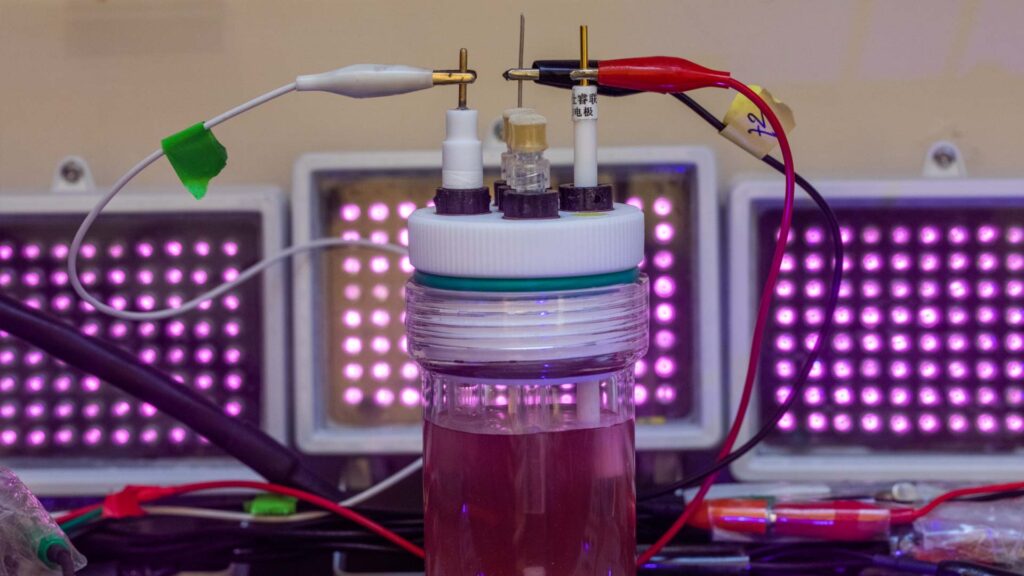
A few years ago, Bose published a study that revealed a new way to train this microbe to make a biofuel called n-butanol. This fuel alternative is authentically carbon-neutral and can be readily used in blends with diesel or gasoline. The best part about it, according to Bose, is that microbes can make this fuel using only three renewable and naturally abundant source ingredients: carbon dioxide (CO2), solar panel-generated electricity and light.
She also previously coaxed these microbes into making bioplastics, as a way of grappling with what she calls “rampant petroleum-based plastic use and plastic waste.”
As scientists learn more about these microbes, their potential uses are more and more promising, Bose says, though she acknowledges that improvements are needed before her techniques can be rolled out on larger scales.
The latest report from the Intergovernmental Panel on Climate Change is frank:
Climate change is “widespread, rapid and intensifying,” and mitigating global warming will require humans to limit their cumulative CO2 emissions and reduce other greenhouse gases.
Also, plastic waste represents a related and daunting worldwide problem. Global plastic production now averages more than 300 million metric tons per year, which is a staggering increase over the 1.5 million metric tons produced in 1950.
Innovations like those that Bose is pursuing can help address these challenges. Her basic science research has the potential to lead to engineered solutions with a real, positive impact for the global environment.
To further explore Bose’s fascinating work, read and watch Into the wild.
Moving forward our understanding of the climate and biodiversity
Researchers conducting these studies — along with many, many more at Washington University and around the world — are closing the gaps in our understanding of the climate and biodiversity emergencies.
Every bit of new data helps bring the big picture into greater focus as scientists aim to reverse our downward spiral.
However, the biggest unknown is how much, or if, humans can reduce greenhouse gas emissions. This variable will be crucial if we hope to address biodiversity loss and climate change.
Human behavior is always the component of natural systems that is hardest to predict and we are part of natural systems.
Adam B. Smith, Missouri Botanical Garden
How to reduce your impact on climate change
Eat more plants; reduce food waste
Food waste reduction and plant-rich diets are the top two (highest impact) global climate change solutions that are plausible and economically viable that also require shifts in individual practices. In particular, production of red meat and dairy are among the highest emitters of greenhouse gases.
Protect birds
Migratory birds are heavily impacted by light pollution at night. Turn off unnecessary outdoor lights and indoor lights visible from the outside, and utilize light fixtures that direct light down to avoid disorienting birds.
Shift your modes of travel
Air travel typically represents one of the highest individual contributions to greenhouse gas emissions. Minimize your impact by being more intentional about travel frequency and distance, using sustainable transit options for shorter trips, and selecting direct flights. Attend long distance business functions remotely when possible. For travel around town, shift trips to walking, biking, and public transit if those options are accessible to you. Shifting to electric, plug-in hybrid, or high MPG hybrid vehicles can significantly reduce emissions for unavoidable car trips.
Plant something
Grow food, join a community garden, plant a tree or pollinator garden. Spending time outside in nature and tending to natural spaces is good for your body and mind.
Producer: Kristin Grupas
Author: Julie Kennedy
Designer: Brandy Rustemeyer
Photographers: Tom Malkowicz
Videographer: Tom Malkowicz
Contributor: Anne Davis Cleary, Talia Ogliore, Kristen Gau
